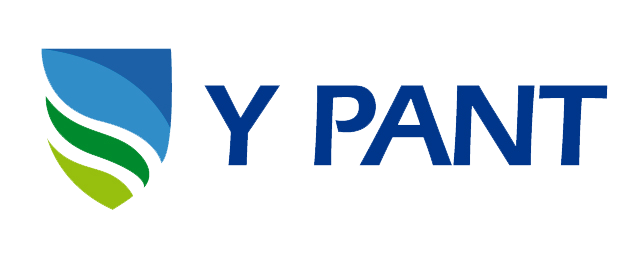Pupil Development Grant Strategy Statement
School Overview
| Detail | Data |
| School name | Y Pant Comprehensive School |
| Number of pupils in school | |
| Proportion (%) of PDG eligible pupils | |
| Date this statement was published | |
| Date on which it will be reviewed | |
| Statement authorised by | |
| PDG Lead | Mr Ian Dyson |
| Governor Lead | Mr Heather Johns |
Funding Overview
| Detail | Amount |
| PDG funding allocation this academic year | £135,700 |
| Total budget for this academic year
|
£7,041,483.14 |
Part A: Strategy Plan
Statement of Intent
| Y Pant’s ambition is for every child to achieve a zero-residual based on the ambitious school set targets. In order to achieve this, we are committed to:
· Ensuring every eFSM learner has a literacy score commensurate with their chronological age · Ensuring every eFSM learner has a numeracy score commensurate with their chronological age · Ensuring every eFSM learner has access to bespoke wellbeing support · Ensuring each eFSM learner has easy, free access to enrichment activities such as clubs and trips · Ensuring each eFSM learner has a school based nominated champion to support them through their educational journey and to support families in raising aspirations for academic outcomes
|
Intended Outcomes
This explains the outcomes we are aiming for by the end of our current strategy plan, and how we will measure whether they have been achieved.
| Intended outcome | Success criteria |
| Improved literacy levels | eFSM learners to have a reading age in line with chronological age |
| Improved numeracy levels | eFSM learners to have a numerical age in line with chronological age
|
| All eFSM learners to be happy in school and to attend regularly | All eFSM learners score 1’s and 2’s on the school wellbeing survey |
| Improved engagement (specifically in extra-curricular and enrichments activities) | All eFSM learners in Year 7 and 8 participate in school enrichment trips.
Improved engagement of eFSM learners in extra-curricular clubs |
| All eFSM learners to have high expectations for themselves and of themselves | Increase in outcomes at KS4 and an increase in those continuing onto sixth form. |
| Raise aspirations of eFSM pupils | Greater parental engagement. |
Activity in this academic year
This details how we intend to spend our PDG this academic year to address the challenges listed above.
| 1. A tiered team of literacy and numeracy support teachers has been created to support those with low levels of basic skills. In addition, literacy and numeracy support is also being provided to key pupils in our feeder primaries
2. Our wellbeing officer will work directly with those who need it to improve levels of wellbeing. She will actively liaise with agencies should they be needed to promote the school’s vision of happy and healthy learners. 3. An enrichment offer has been devised and offered to all pupils. The school will promote the participation of such activities through the school-based champions and departments identifying those who would benefit from them. 4. The school has assigned a school-based champion for each eFSM family. Their primary aim will be to champion the family ensuring each pupil has the requisite support and opportunities within our school. Their aim is to promote the value of education and support young people and families into achieving their potential. 5. The school has created Parental Engagement Officers to work with parents within key primary schools to raise aspirations, assist with supporting educational attainment and accessing support.
|
Learning and Teaching
Budgeted cost: £80K
| Activity | Evidence that supports this approach |
| Literacy and Numeracy support at Y Pant and at key primary schools. | Literacy levels need to be aged 14+ to meaningfully access the GCSE papers.
Numeracy levels need to be sufficiently strong to access all areas of the curriculum
|
Community Schools
Budgeted cost: £ 30K
| Activity | Evidence that supports this approach |
| Enrichment and extra-curricular opportunities | Raising cultural augments learning experiences and academic buy in. |
| Parental Engagement Support Workers in Key Primary schools | Parental support and ambition key to pupil success |
Wider strategies (for example and where applicable, Health and Well-being, Curriculum and Qualifications, Leadership and Raising Aspirations)
Budgeted cost: £30K
| Activity | Evidence that supports this approach |
| Wellbeing Support | Data shows lack of engagement and greater level of absenteeism. |
Total budgeted cost: £ 140K
